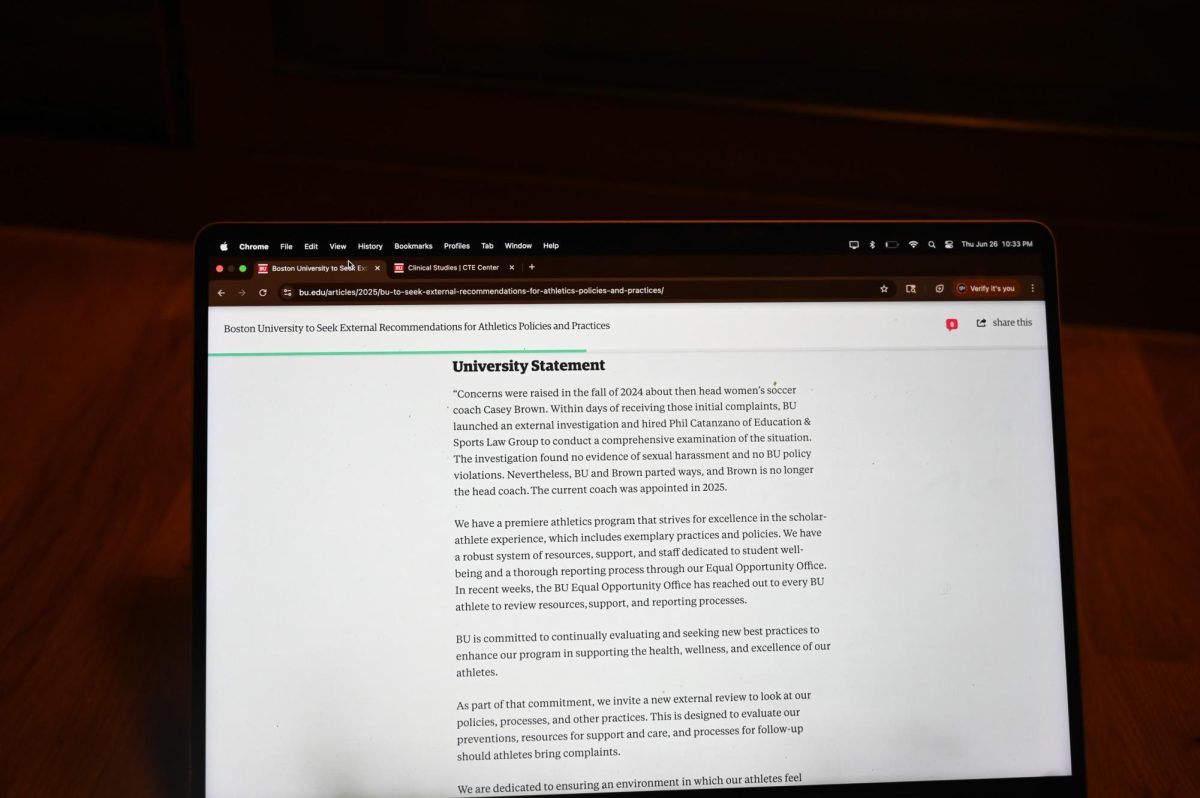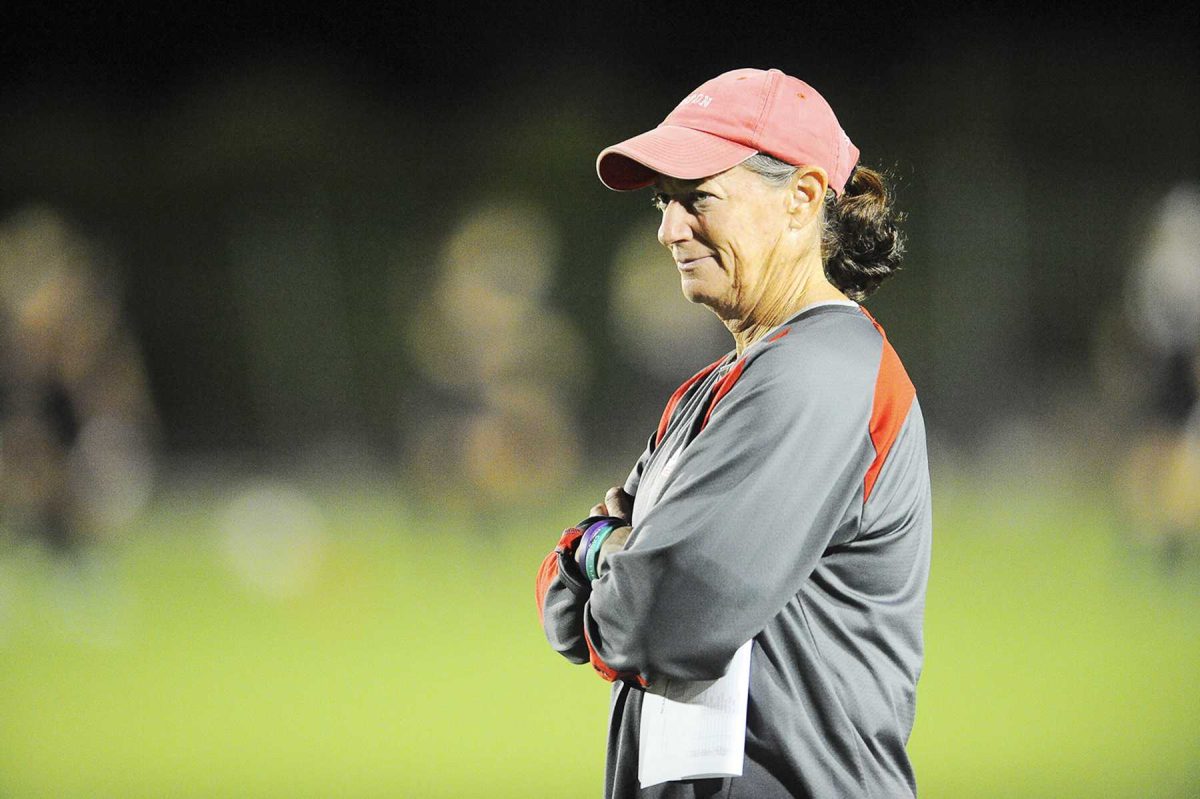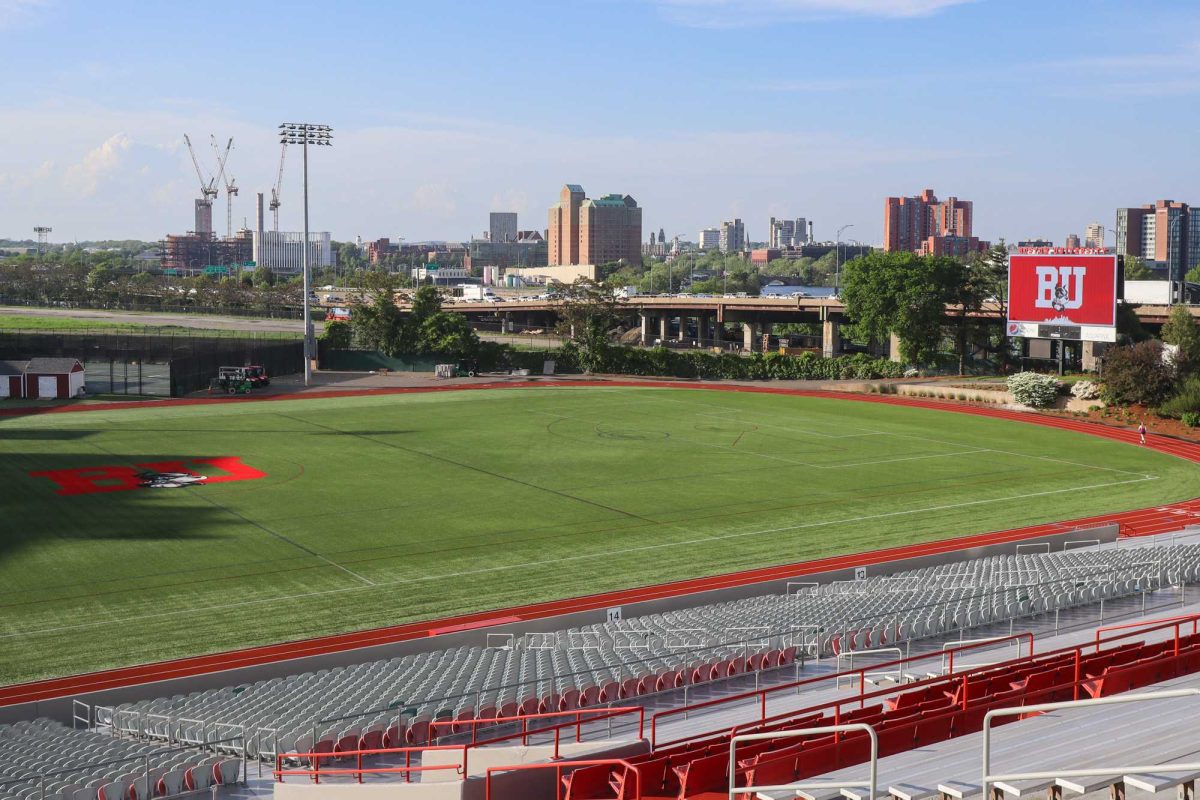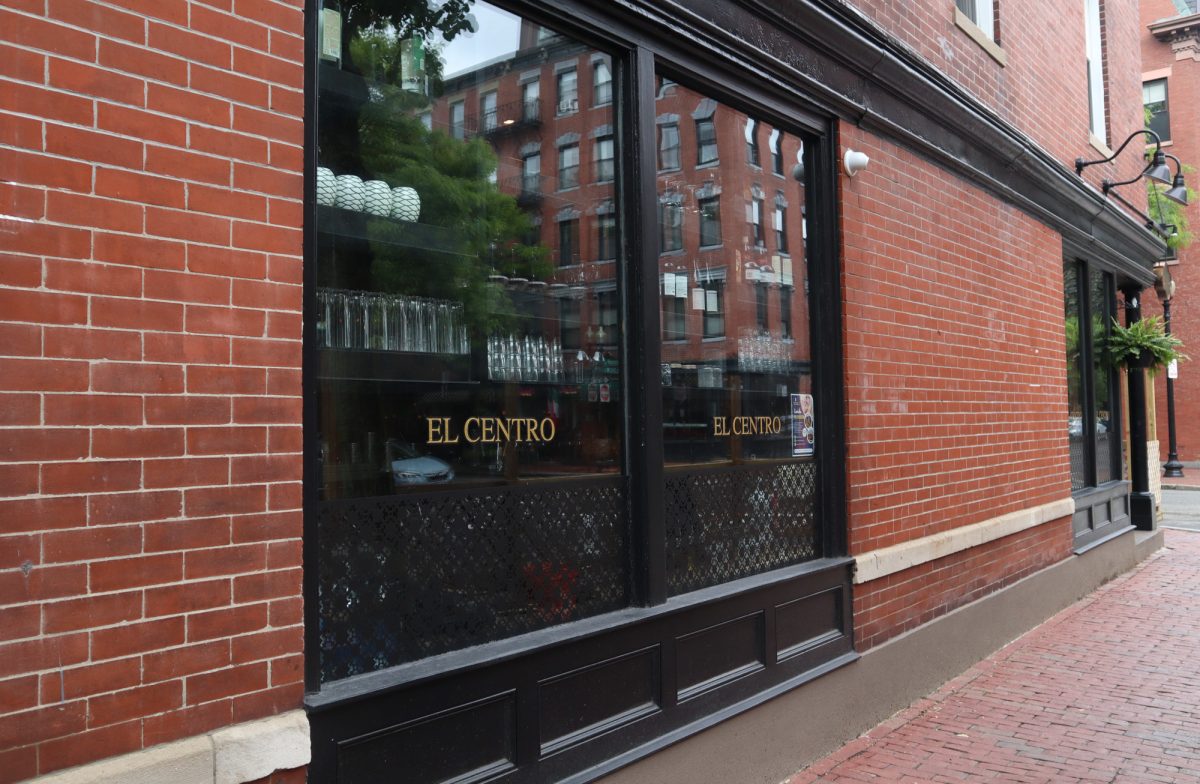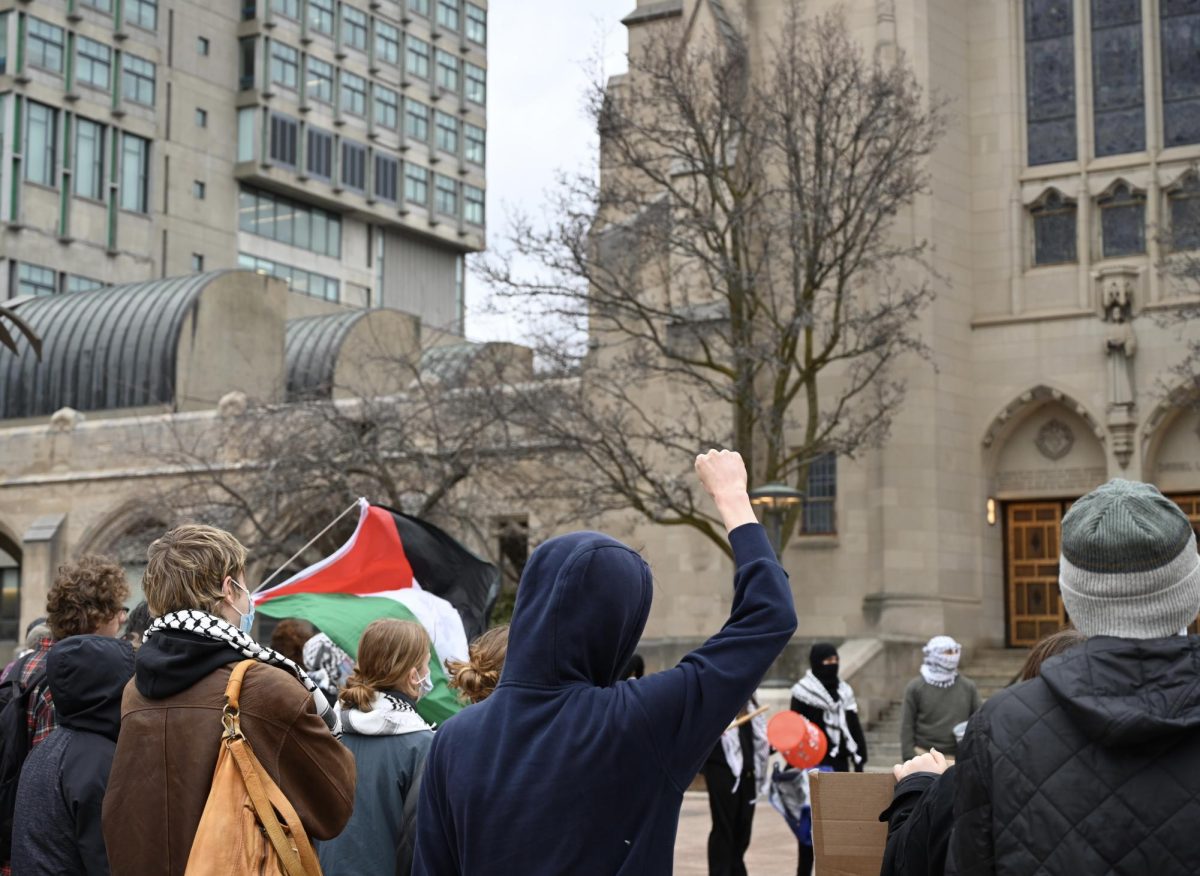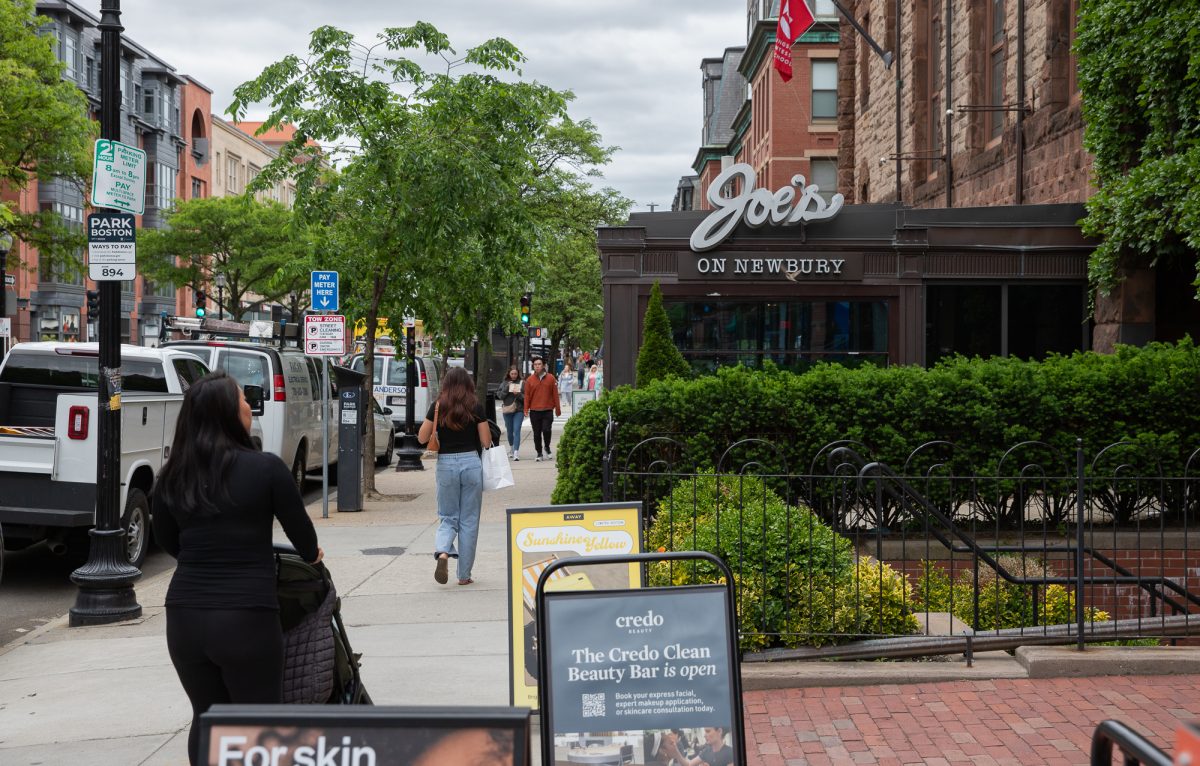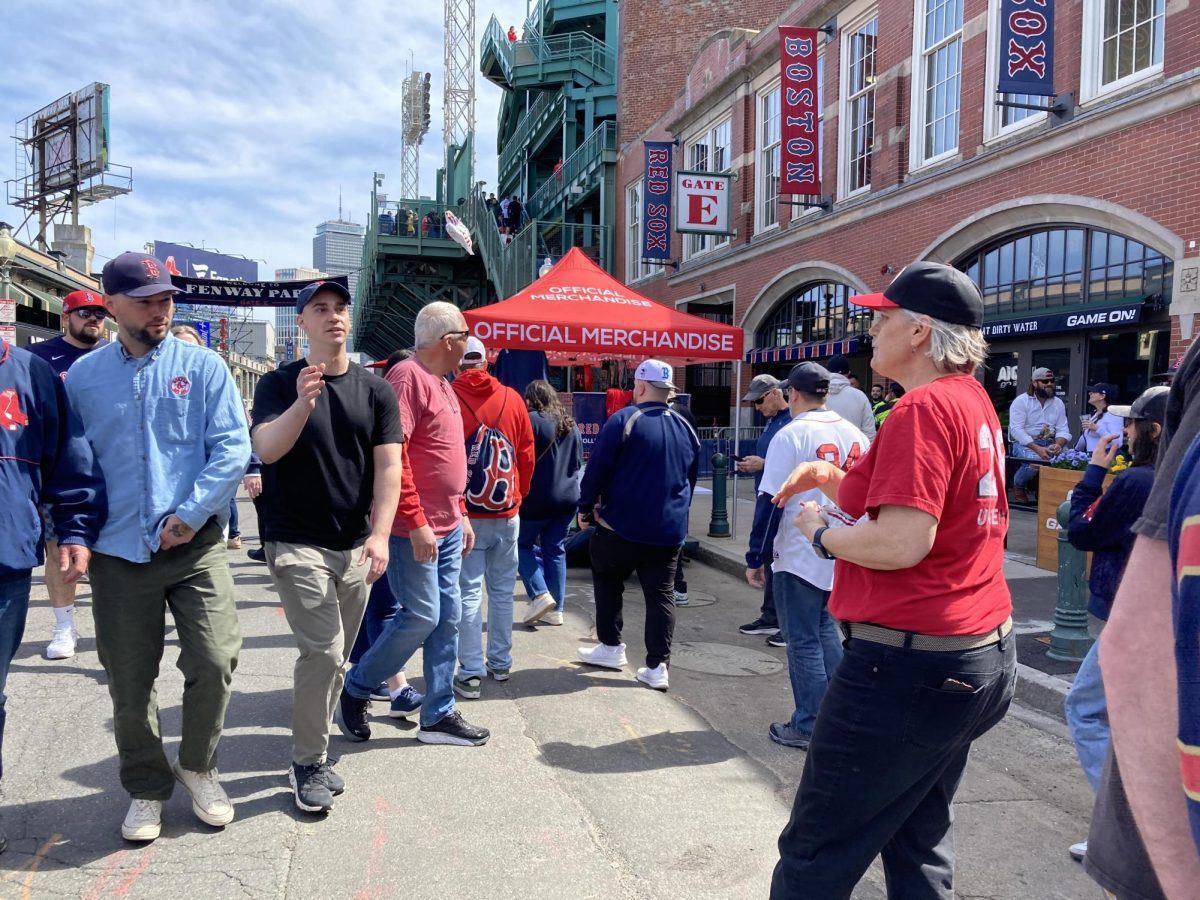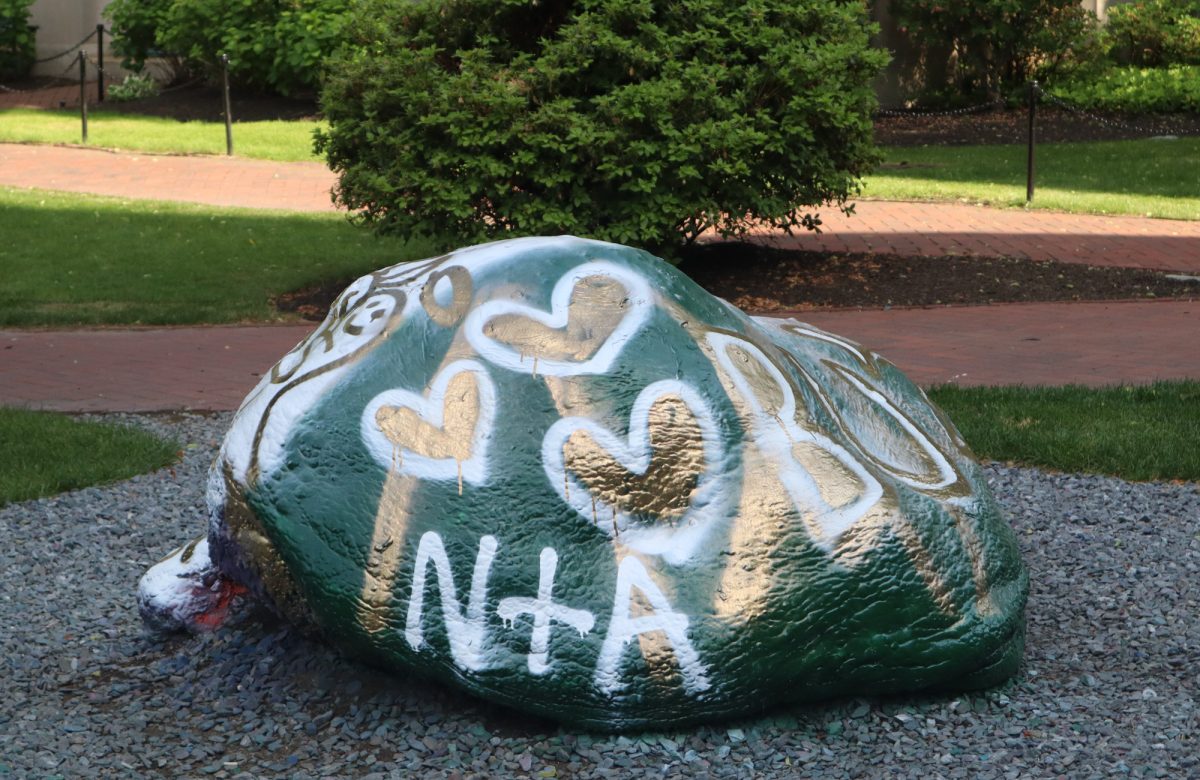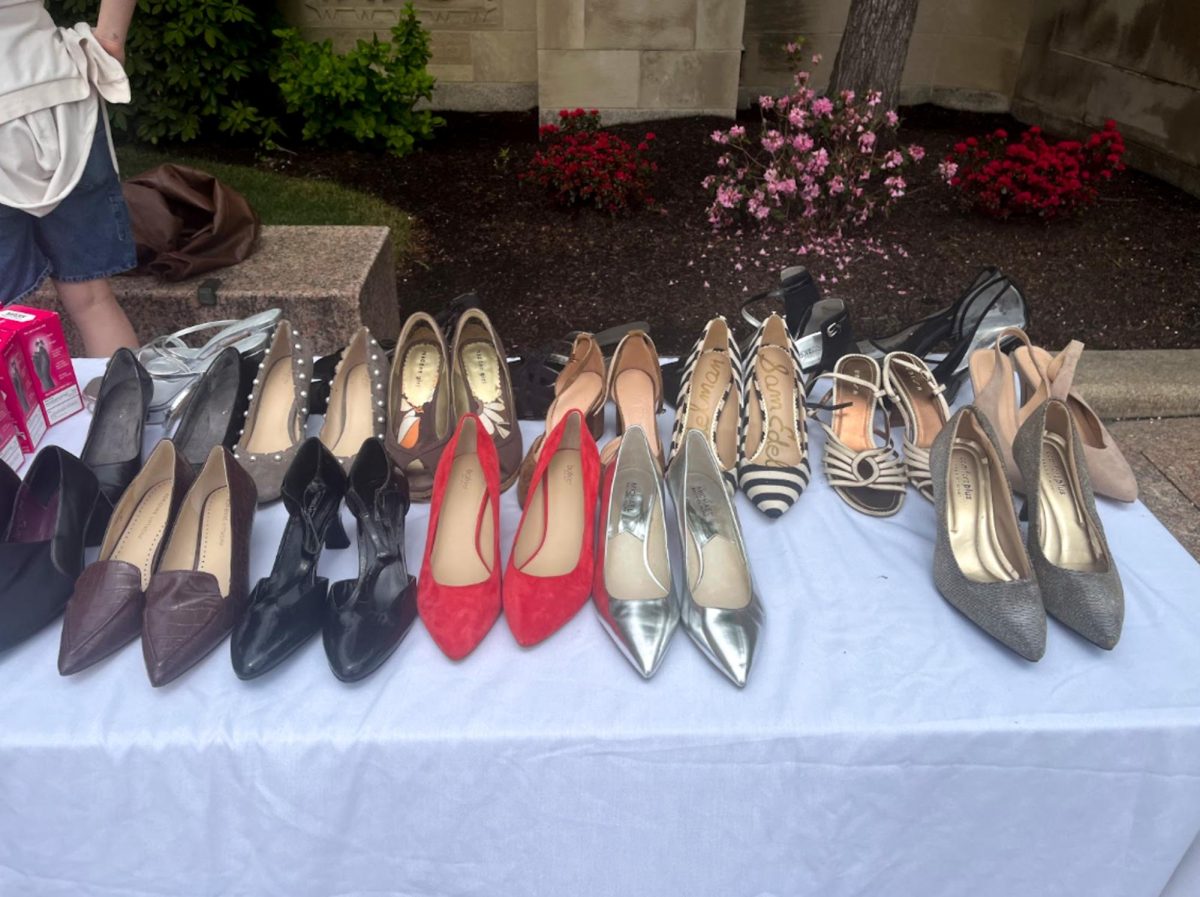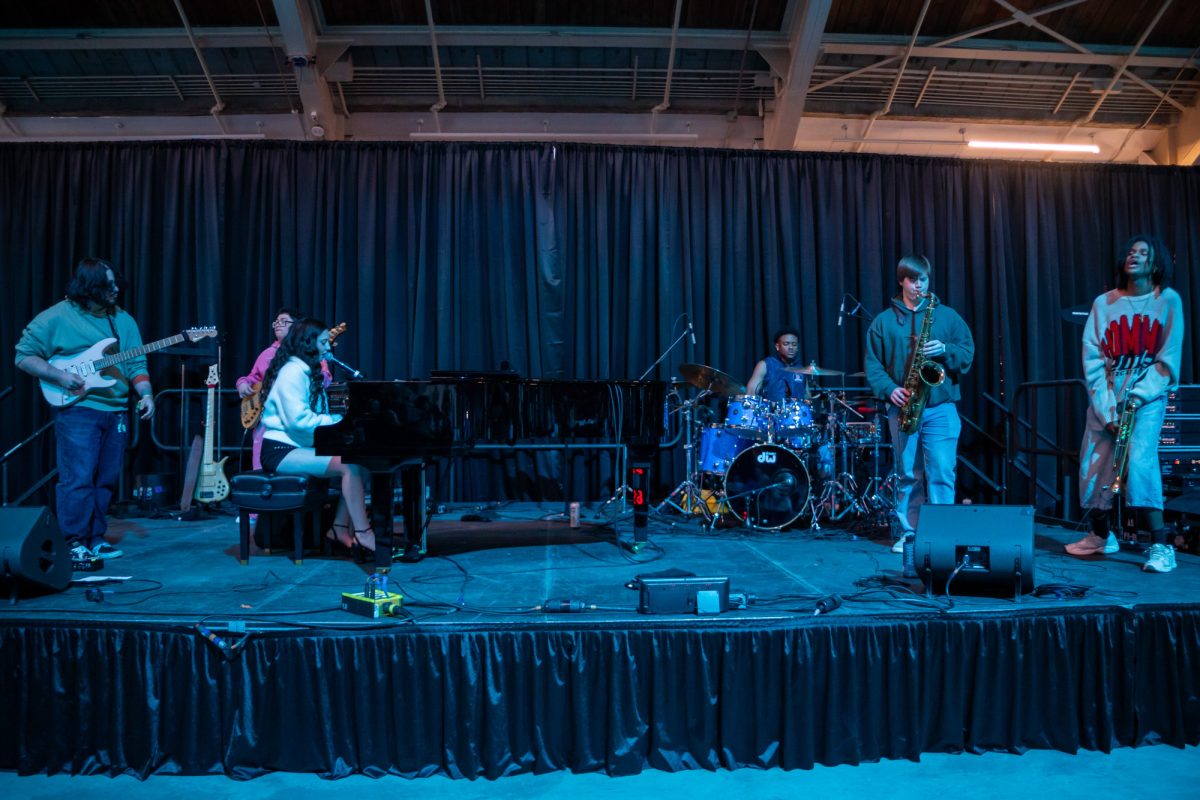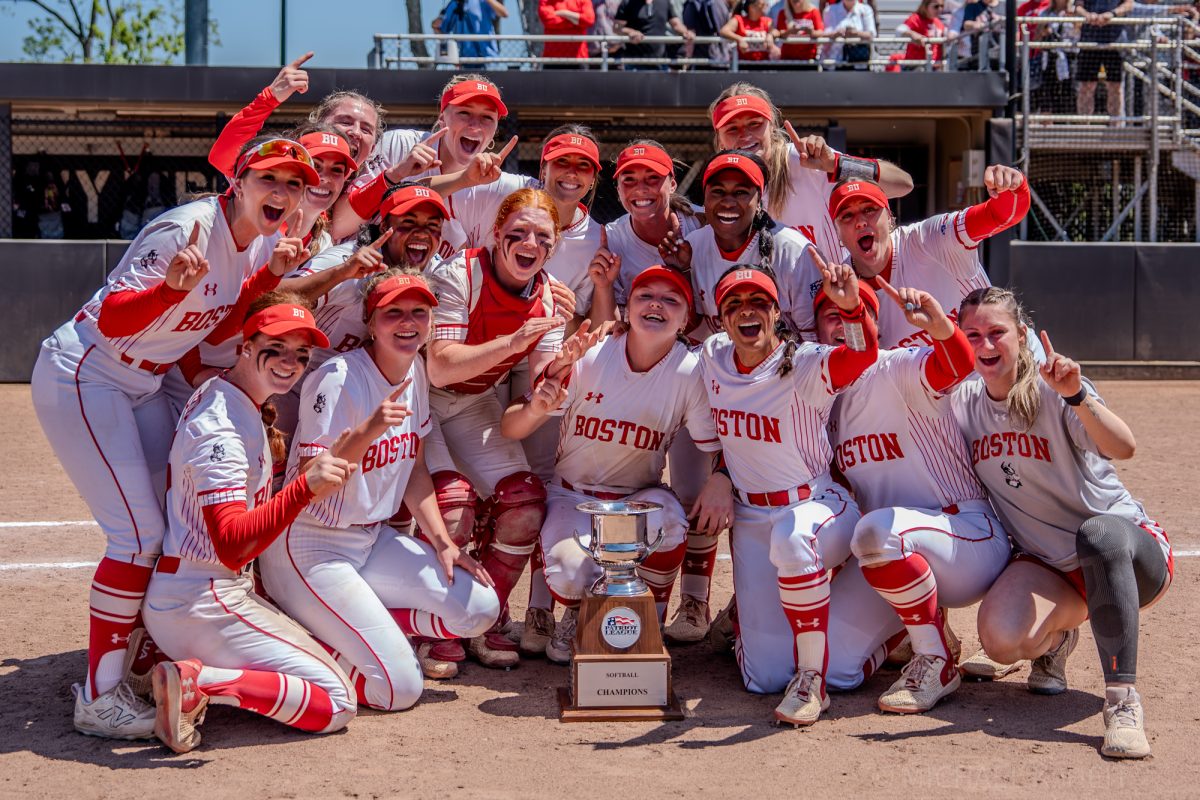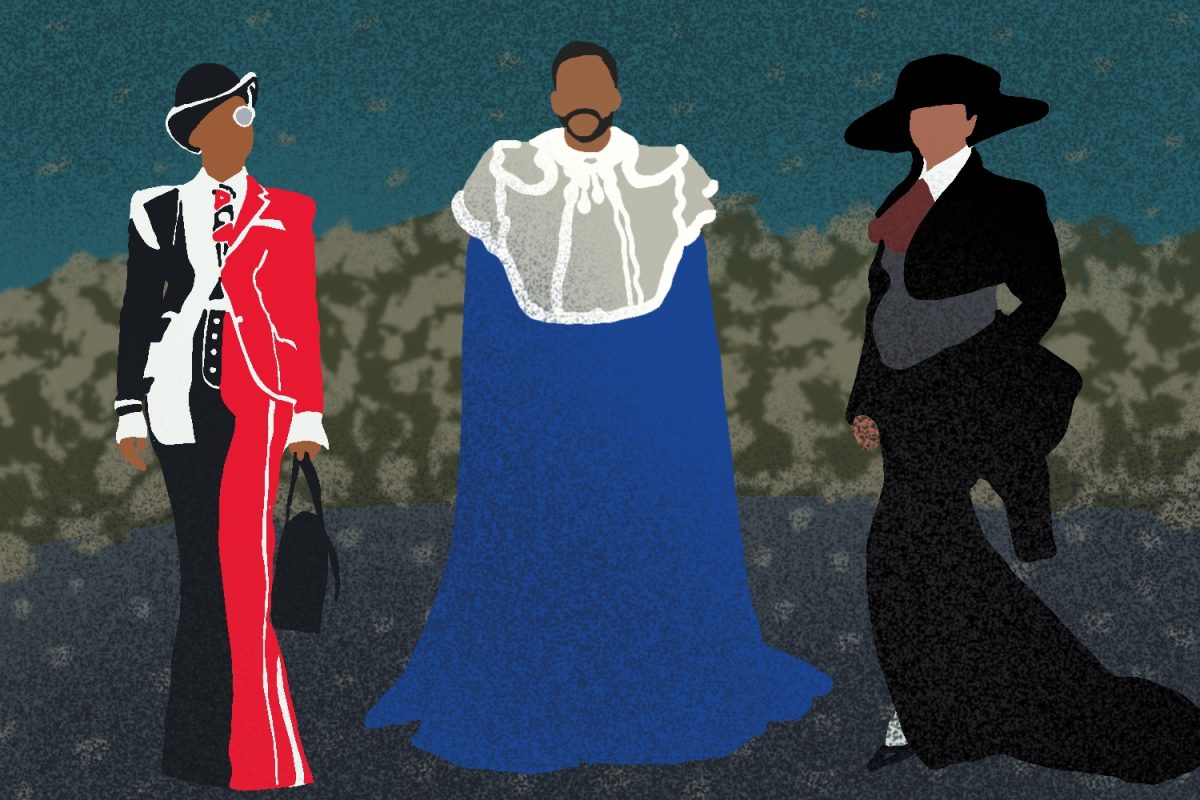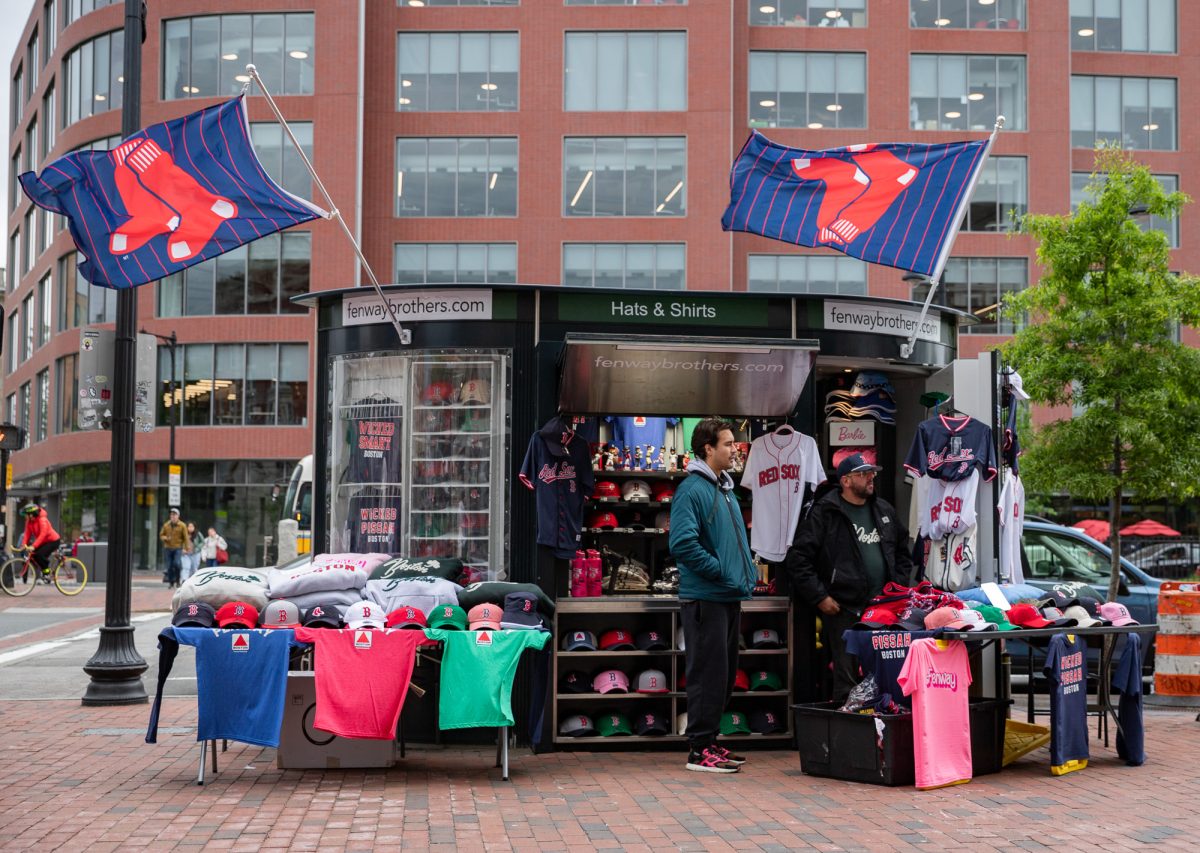You see them as you walk from class to class at Boston University, anywhere from Bay State Road to the School of Education, but probably pass by them without a second thought.
Fallout shelters, dating back to the Cold War, are scattered across campus, marked by the standard symbol of three yellow triangles within a black circle. Their presence on campus, though, is as more of a historic relic than a functional refuge, BU Colin Riley said.
“They’re inactive,” he said. “They’re recalled from the ’60s when a nuclear threat existed between the U.S. and the then-Soviet Union.”
According to Riley, there is nothing in particular about a certain location that makes one building more suitable as a shelter than another.
“There’s nothing special about them,” Riley said.
The fallout shelters are buildings designated as a place for people to go if a nuclear threat were to become a reality on or around campus. However, they were not built specifically as fallout shelters. Instead, the university chose the basements and sub-basements of various campus-owned buildings as shelters because of their location.
“There are classrooms in them,” Riley said. “There’s nothing different about a regular campus basement and a basement designated as a fallout shelter, other than the fallout symbol attached to the outside.”
During the 1950s and 60s, when the nation feared a nuclear attack from the Soviet Union, there was a public demand for fallout shelters; U.S. citizens wanted a place where people could go to escape nuclear fallout and the subsequent radiation from a nuclear attack. No special protection was offered in these “shelters.”
Political science professor Betty Zisk, who has been teaching at BU for 41 years, said she remembered when her children had drills in school to prepare for an attack.
“A bell went off and they had to sit under their desks,” she said.
Though the drills were meant to make students feel safer, Zisk said they did the opposite for her children. She said it was an era when “we were encouraged to get a trunk full of water and other survival supplies to protect against an invasion.”
Zisk also recalled a backlash against fallout shelters and air-raid drills, with parents – including Zisk herself – complaining that the drills were scaring their children. The professor said she was tempted to encourage her children to disobey their teachers and not participate in the drills.
“They came home scared to death,” she said.
After the initial demand for fallout shelters and air-raid drills, Zisk said she remembers the fervor dying down and fading into nonexistence by the 1970s. BU’s shelters have apparently gone the same way; after a brief period of use, they went from modern sanctuaries to what they are seen as today: historic artifacts.

